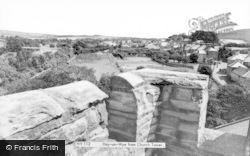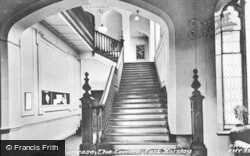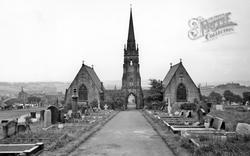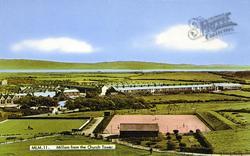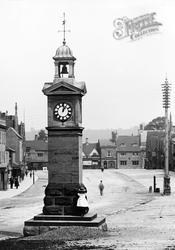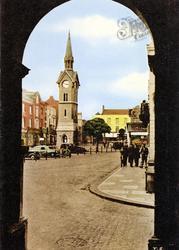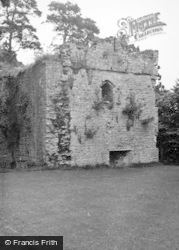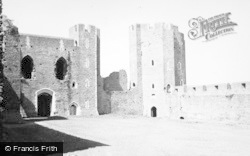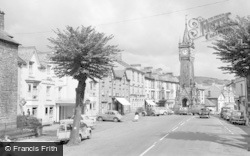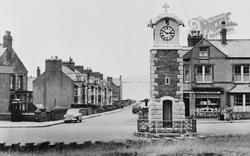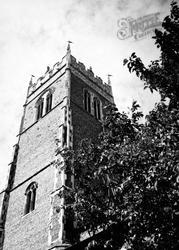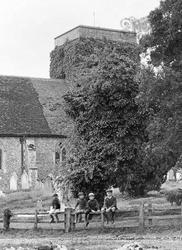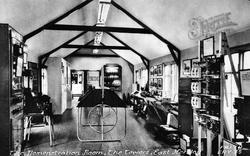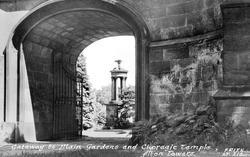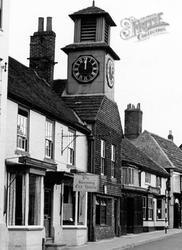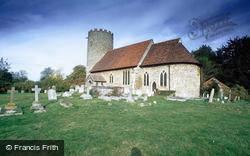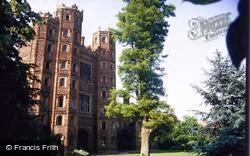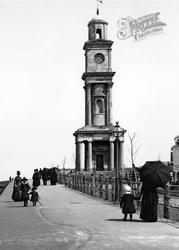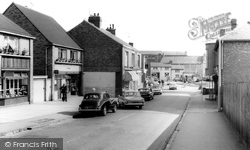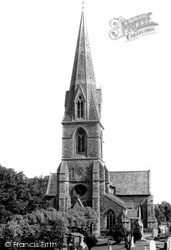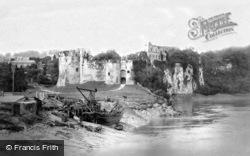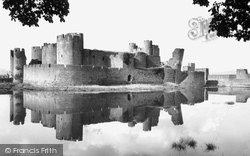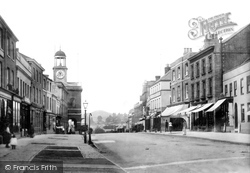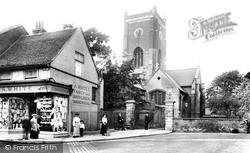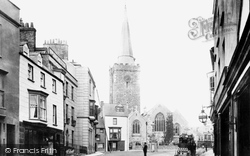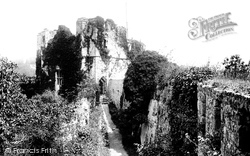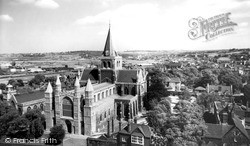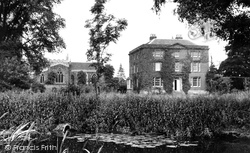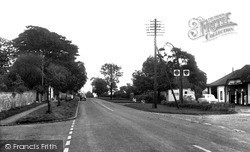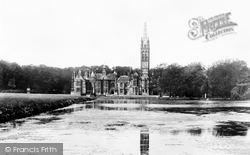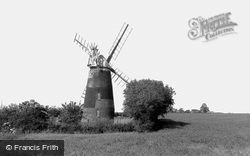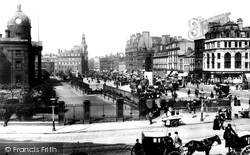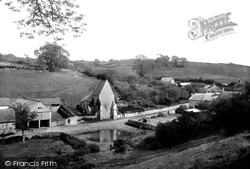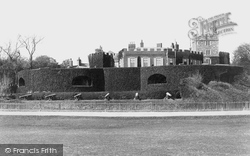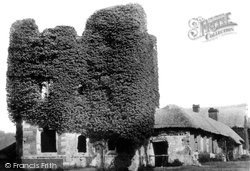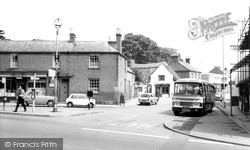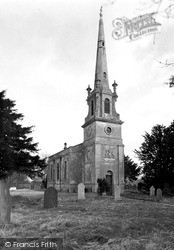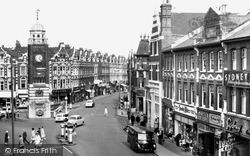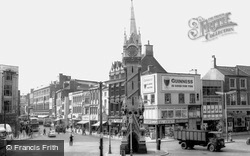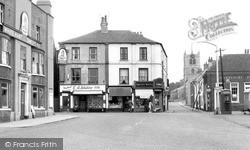Places
36 places found.
Those places high-lighted have photos. All locations may have maps, books and memories.
- Poplar, Middlesex
- Bow, Middlesex
- Bethnal Green, Middlesex
- Stepney, Middlesex
- Alton Towers, Staffordshire
- Isle of Dogs, Middlesex
- Limehouse, Middlesex
- Spitalfields, Middlesex
- Barjarg Tower, Dumfries and Galloway
- Bromley, Middlesex
- Stratford Marsh, Middlesex
- Tower Hill, Merseyside
- Tower Hill, Essex
- St George in the East, Middlesex
- Wapping, Middlesex
- Globe Town, Middlesex
- Old Ford, Middlesex
- Cubitt Town, Middlesex
- Tower Hill, Cheshire
- Tower Hill, Surrey
- Bow Common, Middlesex
- Mile End, Middlesex
- Millwall, Middlesex
- Ratcliff, Middlesex
- Warmley Tower, Avon
- Tower Hill, Hertfordshire
- Tower End, Norfolk
- Tower Hamlets, Kent
- Tower Hill, Devon
- Tower Hill, West Midlands
- Blackwall, Middlesex
- North Woolwich, Middlesex
- Hackney Wick, Middlesex
- Shadwell, Middlesex
- South Bromley, Middlesex
- Tower Hill, Sussex (near Horsham)
Photos
2,720 photos found. Showing results 2,361 to 2,380.
Maps
223 maps found.
Books
1 books found. Showing results 2,833 to 1.
Memories
637 memories found. Showing results 637 to 637.
Captions
3,036 captions found. Showing results 2,833 to 2,856.
It was the birthplace of Lady Jane Grey, the ill-fated nine- days' queen, who was executed aged 17 in the Tower of London in 1554, the innocent victim of family ambitions.
Christ Church is largely built in late 13th-century style; it has a west tower and broach spire, and lavish furnishings inside, including an ornate coloured reredos, and plenty of stained glass
Fitz Osbern built a long rectangular fortified hall (the Great Tower) on the narrowest part of the ridge.
The drum towers at the angles of the inner curtain were also used for accommodation, and the constable's apartments were in the east gatehouse.
This view shows the western end of East Street, with a closer look at the Town Hall clock-tower and cupola, and Colmer`s Hill forming the conical eminence in the distance (centre).
The Victorians enlarged the transepts and carried out alterations to the internal fabric of the tower.
On the sky line, mid-way between the tow- ers of St Mary's and St Michael's, is the statue of Justice on top of the prestigious Stamford Hotel.
The tower was built in the 13th century and the spire in the 15th century. Giraldus Cambrensis was rector here in the 13th century.
Marten's Tower is named after the regicide Henry Marten (1602-80) who was imprisoned in it in fairly comfortable conditions for twenty years until his death in 1680.
The central tower and spire rise to a height of 156 feet, and were originally completed in 1343 by Bishop Hamo de Hythe. They were rebuilt in the 19th century and again in 1904.
The building is impressive: tower and crocketed spire is 15th-century, while the body is of the 14th century.
The huge cedar tree towering over the 'New Laid Eggs' sign was blown down by a gale in the 1970s.
The tower was designed by Edward Pugin during a further phase of remodelling in the 1860s. The Hall was famed for its oak carvings, panelling, plaster work, and handprinted wall papers.
This example at Over is a tower mill with a rotating cap. The fantail would have rotated the cap to make sure that the sails faced into the wind.
The dome of the Infirmary is on the left, and Lewis's tower is in the centre.
The parish church of St Mary the Virgin (centre) with its lofty belfry tower stands beside Granary Cottage and Long House (left) that were attached to Manor Farm.
Thomas Warwick's Revolving Viewing Tower, set high on the cliffs near the castle, was a short-lived Victorian attraction from 1897 to 1907 - it was demolished after being described an eyesore
It was built in 1539-40 with a central circular keep around which were added four semi-circular bastion towers.
Built by Archbishop Warham in the early 16th century, this small manor house, consisting of a three-storey brick tower, a gallery (later turned into cottages), and the single-storey storehouse beyond
The battlemented tower of St Bartholomew's (left) just shows above the row of rather good brick and tile cottages, into which the post office has been thrust.
The finest feature is its tower with angle volutes and vases crowned by a slim spire.
The quirky terracotta and brick Clock Tower was designed by F G Knight 1805. Crouch End possesses two of London's outstanding late 19th-century pubs, the Queens Hotel and the Salisbury.
Looking southwards from the Haymarket into Gallowtree Gate: it is the building immediately to the left of the Clock Tower which is of interest.
Ascend the clock tower of St Nicholas's parish church and see six of the county's major rivers - the Humber, the Don, the Went, the Ouse, the Trent and the Aire.
Places (38)
Photos (2720)
Memories (637)
Books (1)
Maps (223)


